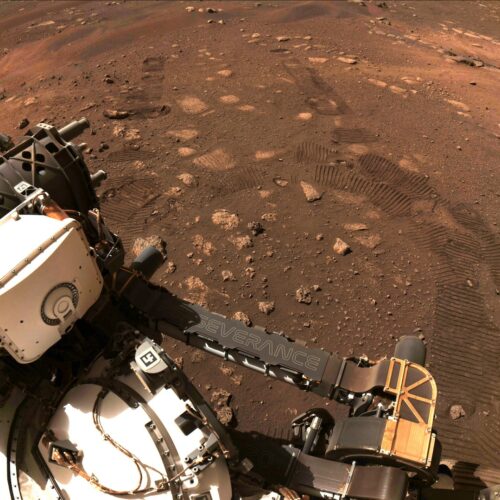Scientists think they’ve found a way to power humans on Mars using turbines, another step forward in one day having humans explore the planet.
“Wind energy represents a valuable but previously dismissed energy resource for future human missions to Mars,” the scientists wrote in their paper. NASA scientists were not immediately available for comment.
Space agencies, scientists and entrepreneurs are clamoring for humans to explore Mars. NASA’s Artemis mission to the moon is considered a steppingstone to exploring Mars in the next decade or so. China hopes to put humans on the planet by 2033. Elon Musk, one of the world’s richest people and CEO of SpaceX, hinted at doing it by 2029.
But powering human exploration missions on Mars will require multiple power sources, scientists note. Solar power has been used in the past to sustain Mars missions, but isn’t very powerful during Martian nights or during dust storms that limit the sun’s light. Nuclear power is another likely source, but comes with safety risks if placed near human bases.
Wind power was long thought of as unusable largely because Mars’ atmosphere is so thin, making breezes weak. But Victoria Hartwick, a postdoctoral fellow at NASA’s Ames Research Center, used NASA climate models to defy previous assumptions and show it could be a “stand-alone or complementary energy” source on the planet, researchers wrote in the study.
Hartwick and her teammates used the model to estimate wind speeds across the planet. They used topographic, dust and heat maps from data culled by the Mars Global Surveyor and Viking missions, and simulated wind speeds across Mars, breaking down estimates by day and night, and though various seasons and years.
Using that information, they calculated the maximum amount of energy they could generate in various parts of the planet assuming they had a fully efficient wind turbine. They compared that to the previously estimated energy requirements to keep six people on Mars for a mission lasting 500 Martian days.
Scientists found that wind energy could serve as a successful complement to solar energy, particularly during Martian nights and dust storms when solar power’s effect is diminished, or replace it entirely in some parts of the planet.
Based on the wind analysis, there are thirteen new locations on Mars that could become open to human exploration, study scientists note, and ten of the 50 target sites previously identified by scientists had potential to use wind as a complementary energy source.
It is still not certain humans will master the technology to explore Mars, and turbines would need to be built. They would have to be about 160 feet, or 50 meters, tall — a roughly medium sized machine compared to those used on Earth. The height would be capped because of engineering and transport challenges for bigger machines, scientists said.
They could be particularly effective at catching planetary winds near Mars’ crater rims or volcano slopes, scientists said, but more work is needed to master the challenges.
“We encourage additional study aimed at advancing wind turbine technology,” they said, “to operate efficiently under Mars conditions and to extract more power from Mars winds.”





